Although the final bill presents a different picture, broadband is frequently marketed as an inexpensive means of connecting. Advertised monthly rates of $63 to $81 seem reasonable until additional expenses mount up, such as data caps, installation fees, equipment rental, and fine print penalties. These layers transform a basic subscription into a much more costly obligation from which households are unable to quickly withdraw.
The difference is particularly noticeable when compared to other countries. In South Korea, gigabit fiber, which is remarkably faster and more dependable, can be secured for $20. $25 in Israel provides connections that keep businesses and households running smoothly. A structure that is especially unfavorable to American consumers is highlighted by the fact that a family in Los Angeles or Washington frequently pays more than three times that amount for slower service.
| Factor | Detail | Impact |
|---|---|---|
| Average Monthly Cost | $63–$81 in the U.S. | Still higher than Germany, Israel, or South Korea |
| Hidden Fees | Equipment rentals, activation, installation | Adds $15–$40 beyond the headline rate |
| Market Competition | Often just 1–2 providers per region | Limits price drops and service innovation |
| Infrastructure Investment | Billions promised for upgrades | Many projects stalled or unfinished |
| Technology Type | Fiber cheaper per Mbps, DSL and satellite costly | Creates sharp inequality in value |
| International Benchmark | $20 South Korea, $25 Israel vs. $78 U.S. | Americans pay more for less speed |
| Social Divide | Rural homes pay more for slower access | Reinforces gaps in jobs and education |
| Lobbying Costs | Hundreds of millions spent yearly | Keeps regulation weak and prices steady |
| Consumer Negotiation | Discounts offered only after cancellation threats | Rewards persistence, punishes the unaware |
| Broader Consequence | Digital inequality in healthcare, work, and school | Costs exceed the bill itself |
When promises of infrastructure are included, the situation becomes even more complex. American telecom companies have amassed billions of dollars over the last 20 years, sometimes through tax breaks and other times through surcharges, all of which have been used to expand fiber networks. However, a large number of those projects are still unfinished. Rural communities continue to rely on antiquated DSL lines, paying exorbitant rates for hardly usable speeds. The cycle is similar to repeatedly being asked to provide funding for the same highway construction project only to find out later that the road is never completed.
The issue is exacerbated by competition—or the absence of it. In innumerable areas, households are presented with only one or two options. Due to the oligopoly, providers are able to maintain high prices without worrying about losing clients. There are many examples, such as Reddit users who post about paying $62 a month and then get a surprise “retention discount” after threatening to cancel. The patient and knowledgeable benefit from negotiation, while the uninformed or busy bear the burden of exorbitant costs.
Another important consideration is the type of technology. With speeds of up to 6 Gbps available for only a few cents per Mbps, fiber offers great value. On the other hand, DSL or satellite connections can cost over $13 per Mbps and offer speeds that are insufficient for contemporary needs like remote work or streaming. The distinction is not merely technical; it is also financial. While their urban peers in Chicago enjoy seamless streaming, students in rural Kansas who rely on subpar DSL experience buffering during online classes. Missed lessons, fewer opportunities, and an unequal playing field are all consequences of that gap.
Companies and public figures have attempted to raise awareness of these disparities. Despite being marketed as a lifeline for underprivileged communities, Elon Musk’s Starlink costs $110 a month, which is surprisingly expensive for the families it seeks to serve. This is similar to Tesla’s strategy of launching luxury products first and then reducing them, but the stakes are higher for broadband because jobs, healthcare, and education are at stake. Although celebrity-led initiatives make headlines, they frequently fall short in addressing the fundamental issue of affordability.
The silent cause of this imbalance is still lobbying. Every year, American telecom companies spend hundreds of millions to influence legislators. The outcome is very evident: consumers are left to bear the cost due to lax regulation and missed accountability deadlines. Legislators permit ambiguous deadlines and varying interpretations rather than requiring providers to deliver promised upgrades. The real price is not only increased expenses but also a decline in institutional trust.
Compare this to nations that have chosen a different path. In order to reduce costs, Germany imposes price caps and mandates that providers share infrastructure. Israel has competitive laws that prevent any one business from controlling the market. Frequently referred to as the gold standard, South Korea made calculated investments and viewed broadband as essential, guaranteeing that fiber became a standard service rather than a premium upgrade. These methods are especially novel because they demonstrate that, with the correct structure, lower costs are not just hypothetical but actually attainable.
The hidden costs show up in society as well. In addition to losing time, a student in a rural area who struggles with lag also forfeits opportunities and knowledge. A worker loses the opportunity to apply for remote jobs if they cannot afford dependable service. Another monthly stressor that gradually reduces disposable income is faced by families trying to balance their bills. Therefore, the true cost of broadband is not just monetary; it is also the potential lost in terms of healthcare, education, and economic engagement.
